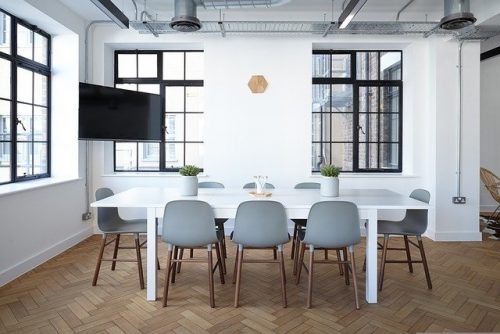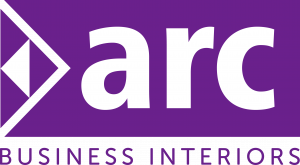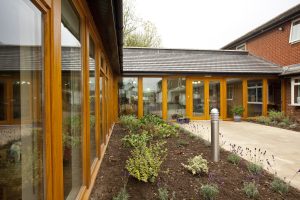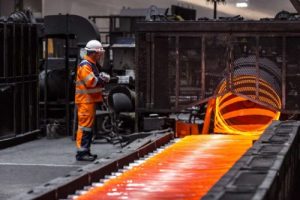Discover how collaboration and flexibility is influencing workplace design


Alongside these changes, we’ve seen workplace design evolve in tandem. Now, a modern office needs to support an environment that is conducive to collaboration and flexibility like never before.
Let’s take a closer look at the topic and investigate how these post-pandemic trends are affecting workplace design.
How collaboration and flexibility have changed office design
The importance of privacy
Ultimately, this emphasis on privacy will look different for each company and its individual needs. Achieving privacy might involve the creation of smaller, partitioned rooms or even a move back to cellular office design – it will depend on the needs of each business.
With the working sphere now a blend of on-site staff and those working from home, the ability to conference call is a must. As such, companies are exploring how private and quiet spaces can be built into an office, alongside more open and public zones.
Human-centric design
There’s no question about it. People have become a big priority over the past few years, and so workplace focus has shifted to support the health, well-being and comfort of staff. These considerations have naturally led to a rise in human-centric workplace design.
But what does human-centric design look like on a practical level?
One important element is comfort, with offices paying attention to decent lighting, decreasing noise levels and ergonomic furniture, including the implementation of standing desk options. As a specialist office design company, Arc Business Interiors can implement lighting designs, soundproofing measures and bespoke furniture solutions to ensure complete comfort of employees.
Human-centric design also refers to the aesthetic of the space. When an employee works in a cohesive, modern space that speaks for the ethos of their company, this can improve focus, motivation and a sense of team spirit, making their time in the office much more enjoyable. Conveying a particular mood or personality will largely depend on smart space planning, along with stylistic features and unique interior design.
Co-working and hot-desking
With a mix of companies having either upsized or downsized their workforces and premises over the pandemic years, a trend we see continuing in the coming years. As such, hot-desking and co-working spaces are an excellent way to introduce flexibility and future-proofing into an office.
Hybrid working means an average working week will see a fluctuation in day-to-day attendees at an office. Hot-desking allows the workforce to be truly flexible in this way. Hybrid working doesn’t just mean having the flexibility to work from home or the office, though. It also means giving employees the flexibility of where and how they work within an office space, too. This may mean choosing areas with specific furniture and layouts to suit the task at hand.
Co-working is also an option that gives you long-term flexibility, allowing your organisation to partner with other companies to provide rentable space that allows different companies to work alongside each other. Co-working thus utilises office space, ensuring that the square footage always has use and value – whether it’s being occupied by your own staff members or employees from other companies.
A focus on hospitality and sociability
Bringing people together is at the top of the list for many companies – especially after lockdown.
Whether it’s a shared working lunch or throwing office parties and networking events, offices are now putting more energy into creating spaces where people can gather, collaborate and socialise.
Taking a break is also vital for boosting mental health and mood, so implementing social spaces with games consoles, pool tables and ping pong tables, for example, can allow the team to recharge their energy and sustain their productivity for longer.
To create spaces that are designed for hospitality and sociability, you need to adapt to the needs of your employees. Think about your company culture and what sort of spaces your employees might respond best to, and what activities they might like to take part in. Social spaces can come in many forms, including a company lounge, cafeteria, games room, and many more, so just speak to us about your ideas.
Multi-purpose breakout zones
Collaboration is key. But getting people together to brainstorm and share ideas will look a little different in every office.
That’s where breakout zones come in, which can act as flexible spaces that fulfil a variety of different needs. As an interior design specialist, Arc Business Interiors can guide companies towards building a breakout space that’s moulded to the working style and everyday requirements of employees. This could be a stand-up meeting table or a collection of cosy sofas. It could even be an established meeting room with all the mod-cons.
By understanding your company’s collaboration needs, Arc Business Interiors can tailor spaces to suit individual businesses requirements.







